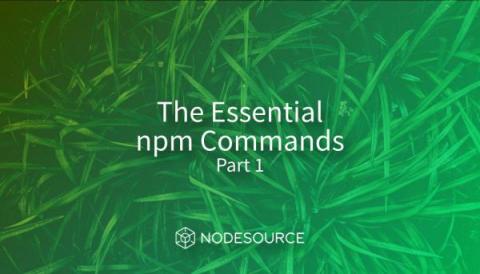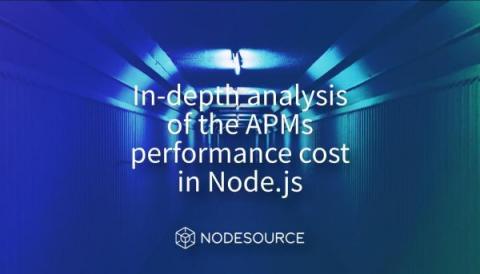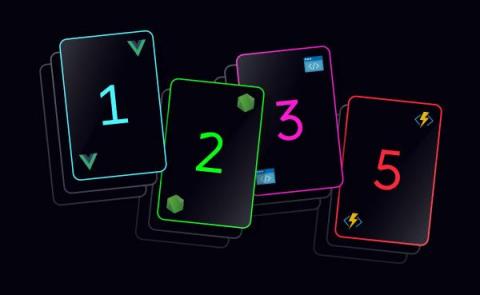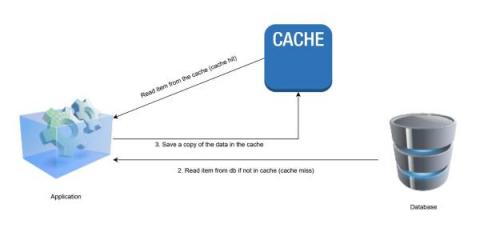The Basics: Getting started with npm
Today, npm is a cornerstone of modern web development, whether used exclusively with Node.js as a package manager or as a build tool for the front end. Understanding npm as a tool —particularly the core concepts— can be difficult for beginners. As such, we've written up this guide for getting a grasp on npm, especially for those who are entirely new to Node.js, npm, and the surrounding ecosystem.











